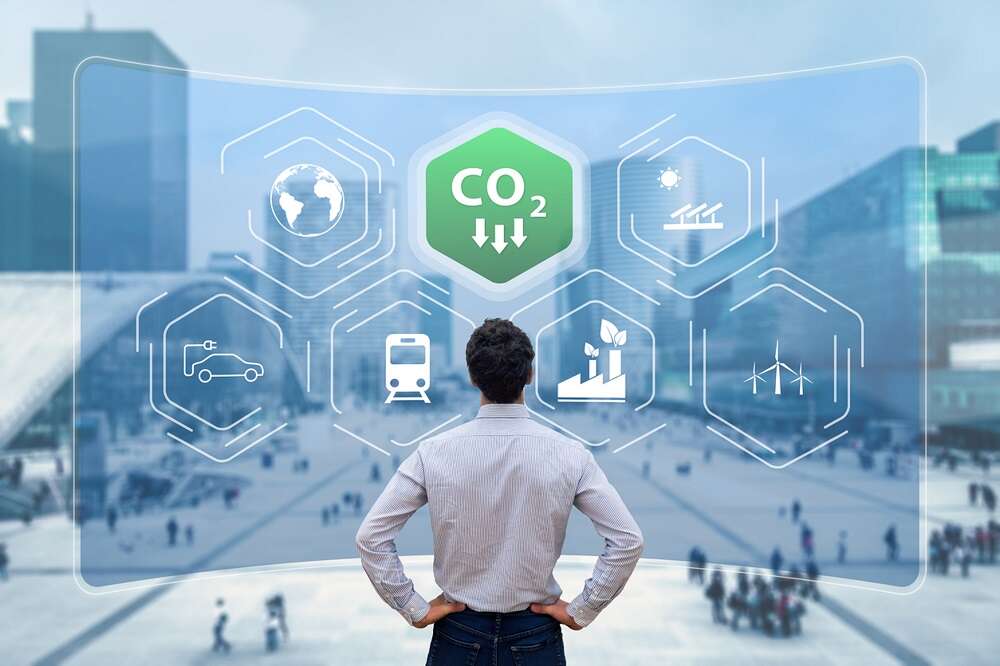
- A worldwide switch from laser to inkjet printers by 2025 could cut energy emissions by 52.6% of current levels – saving 1.3 million metrics tonnes of carbon dioxide each year
- New research by Dr Tim Forman of the University of Cambridge, commissioned by Epson, reveals a net-zero future for printing is possible with the right choice of technology
London, 24th May 2022 – A worldwide switch from laser to inkjet printers by 2025 could save 1.3 million metric tonnes of carbon dioxide (CO2) each year, according to new research by Dr Tim Forman of the University of Cambridge, commissioned by Epson.
The research – carried out as part of Epson’s Turn Down the Heat campaign with National Geographic to promote the protection of the world’s permafrost – reveals a worldwide switch across all laser and inkjet models could cut energy emissions by 52.6% of current levels. This is the equivalent to taking about 280,000 cars off the road for a year. It also showed that inkjet technology can be up to 90% more energy efficient than laser technology depending on the type of printer and usage patterns.
Road to net zero
The study identified that to keep the world on track to achieve a net zero carbon future, the energy consumed globally by all appliances must fall dramatically, with one potential pathway including an average reduction on 2020 levels of approximately 25% by 2030 and 40% by 2050.
Tim Forman, Senior Research Associate at University of Cambridge, comments: “This research project has proven that a pathway to a net zero future for printing is possible, as long as people switch to the most energy efficient products both in homes and offices and we reduce the carbon associated with manufacturing these products. We hope to now see more efforts to advance eco-friendly technologies across the appliance sector – including TVs, washing machines, fridge freezers and ovens – to reach net zero emissions by 2050.
“It is crucial that we continue to improve the energy efficiency of appliances – and reduce the energy required to produce appliances – to avoid the worst climate change scenarios. In fact, IEA analysis shows that failure for the appliances sector to meet its net zero decarbonisation scenario risks a 100% increase in the frequency of extreme heat waves and a 40% increase in ecological droughts.”
A call for action
The report reveals that a net zero future for the printing sector depends on a global switch to the most energy efficient products such as inkjet technology. It identifies three ways we can make a collective change:
- Technological innovation: With appliance ownership continuing to increase, reducing carbon emissions will rely on enhancing technological energy efficiency standards and reducing the energy intensity of manufacturing. One example of industry progress toward more energy efficient appliances is Epson’s Heat Free inkjet printing technology, which does not require heat in the ink ejection process. Instead, pressure is applied to the Piezo element, which flexes backwards and forwards firing the ink from the printhead.
- International co-operation: Greater international co-operation is needed to align Members of the European Parliament, encourage the uptake of more efficient appliances, and improve efficiency labelling. This has the potential to accelerate action and drive down the costs of efficient appliances.
- Behaviour change: If everyone on the planet makes one positive change, it can have a huge positive impact. People can choose Heat-Free Technology when replacing an existing printer to help reduce energy consumption and the associated greenhouse gas emissions, which will help to slow the rate of climate change. Choosing a cartridge-free printer is also a more sustainable option and may bring benefits in terms of improved efficiency, productivity, and long-term financial savings.
Henning Ohlsson, Epson Europe’s Director of Sustainability, comments: “There’s no getting away from the fact that we’re facing a global climate crisis, but the future is in our hands. One thing we have control over is how we consume energy – and we can make the world a better place one appliance at a time. Inkjet technology is available as a greener choice and even small changes can make a big difference in protecting the world’s permafrost.”


